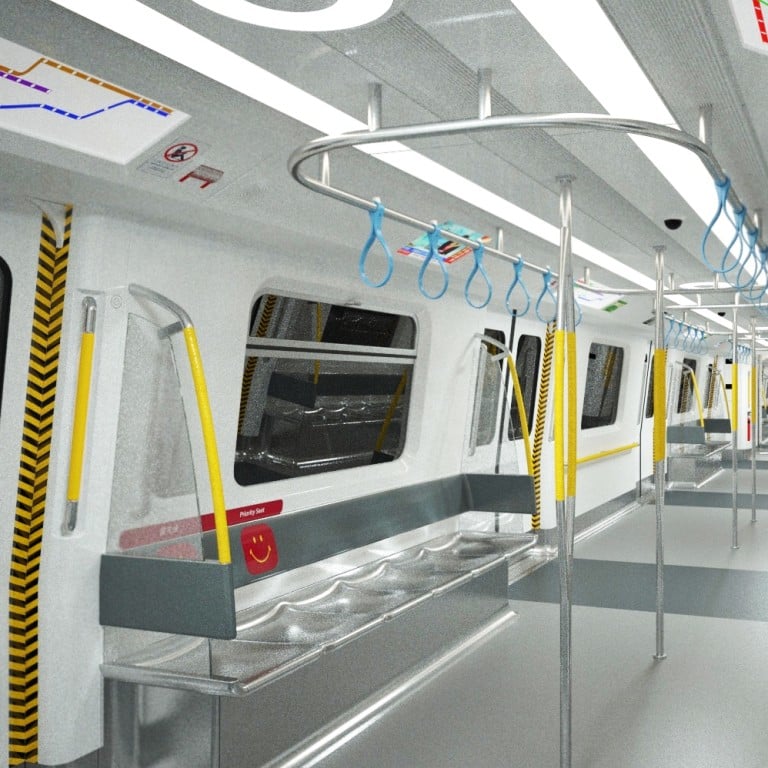
MTR to spend HK$7 billion on Hong Kong train carriage upgrades
The MTR Corporation yesterday announced plans to spend about HK$7 billion replacing 78 trains that were put into service more than 35 years ago.
The MTR Corporation yesterday announced plans to spend about HK$7 billion replacing 78 trains that were put into service more than 35 years ago.
The plan, which will give the rail giant a major facelift, will see the older fleet currently running on the Kwun Tong, Tsuen Wan, Island and Tseung Kwan O lines decommissioned gradually over five to six years after the new trains begin arriving in 2018.
Dr Jacob Kam Chak-pui, the MTR's operations director, said it was in the process of evaluating four tenders and a final decision would take about two or three months. He did not say where the tenders were from, but stressed no matter where the new trains were manufactured, they would have to be in line with "stringent" standards.
Read more: Mind the gap... Meet the woman behind those MTR announcements
He said it was "likely" a deal would be made. However, if the tenders were deemed unsatisfactory the company would renovate existing cars. He did not disclose the cost difference between replacement and renovation.
"Our consideration is more than only the price of a train, as it would be used for 40 to 50 years. It will involve a lot of maintenance, investment, renewal costs and we would also consider its energy efficiency," Kam said.
There are 93 first-generation MTR trains, made by Metro-Cammell in England, still in operation today. Most of them started operating in 1979 while 15 began services in 1989 and were refurbished in 2000.
Regardless of whether trains were renovated or replaced, Kam said the interior of existing trains would be upgraded. New features will include a dynamic route map with LCD monitors, while support poles will be branched into two in the middle to allow more passengers to grasp for safety.
Kam also said the standing space between the doors and the seats would be widened from 180mm to 390mm to allow passengers to get on and off the trains more smoothly. The carrying capacity of the new trains - which will consist of eight cars, like the present ones - would be "more or less" the same as trains in operation now.
Together with a HK$3.3 billion contract signed in March to replace the signalling system on seven lines, the MTR plans to spend more than HK$10 billion on its network.
The MTR also reported that average on-time train performance in the first four months of the year was maintained at more than 99.9 per cent for the 5.4 million passengers it serves daily.
On-time rates in January and March were at 99.96 per cent, and hit 99.98 per cent last month - the third time the company has achieved this level since it merged with KCR in 2007.
However, the performance dropped to only 99.9 per cent in February because of two train disruptions.

